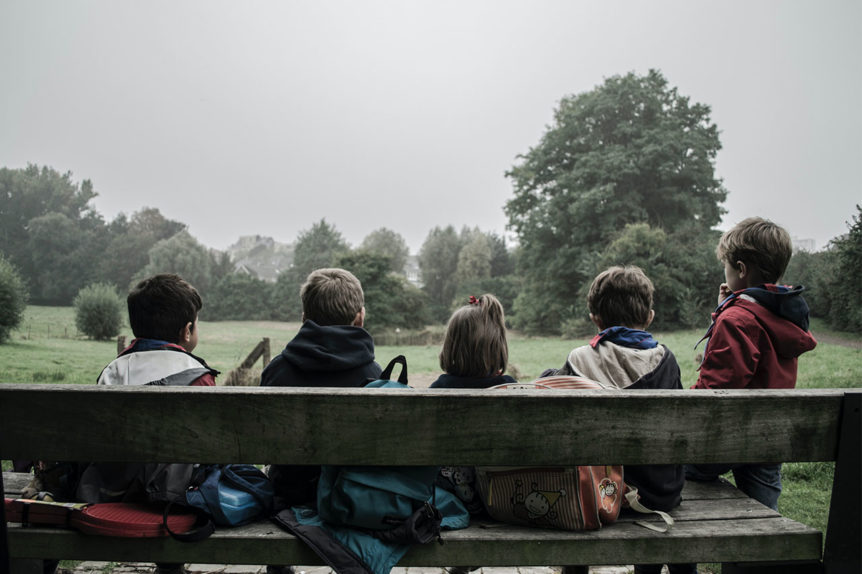The Benefits of Teaching Social Emotional Learning in the Classroom
Social Emotional Learning (SEL) is the process of developing self-awareness, self-control, and interpersonal skills that are vital for school, work, and success in life. In the school environment, SEL is a proven approach to teaching students how to identify and process emotions, build relationships, and develop empathy for others.
SEL is crucial for children in their development years, especially when experiencing loss and adversity. It helps students build resilience and creates a safe and positive learning environment in the classroom.
Growing Concern About Student Mental Health
As the second anniversary of the onset of the COVID-19 pandemic nears, every aspect of our lives has been impacted. From the first days of the pandemic when we were confined to our homes for weeks, to the most recent wave of illness and disruption caused by the Omicron variant, the pandemic has created a new normal in our lives. Ensuring the health and safety of our children, families, and communities has emerged as a daily preoccupation and our highest priority.
Nowhere has the challenge of ensuring the health and safety of children been greater than in our schools. As schools re-opened this year following a year dominated by remote learning, attention has focused on enforcing safety protocols to prevent the spread of COVID-19 through rigorous testing, physical distancing, and mask-wearing. But often overlooked in the drive to create healthy classrooms is the impact that the pandemic is having on students’ mental health and well-being.
The Pandemic is Taking a Toll on Kids
At a recent local school board meeting in New Jersey, a child and adolescent psychiatrist summed up the growing concern about the impact of the pandemic on students. The psychiatrist, herself a parent, said, “I want you to realize that you are depriving our youngest members of society of education, emotional and social development.”
The pandemic has exacted a large toll on young people’s social and emotional development. After a year of isolation, enforced social distancing, cancellation of social events, and constant masking, most students have not had typical interactions with their peers. That’s why introducing Social Emotional Learning is more important than ever.
Why Prioritize SEL Now?
Returning to face-to-face classroom learning after extended periods of remote instruction can put students in situations that they feel unequipped to manage. Educators can help create conditions for a supportive, healthy classroom by helping students develop self-awareness of what pandemic events and changes in their lives have meant for them.
This can start simply by asking questions like:
- What emotions are they experiencing?
- What is the most effective way to use these emotions in interactions with others?
- How can they feel and show empathy for others?
3 Ways SEL Contributes to Healthy Classrooms
1. It Creates a Safe Space
SEL emphasizes the importance of ensuring students feel safe in the school environment physically, socially, and emotionally. This includes the physical environment of the classroom and students’ needs to feel accepted and supported by their teachers and peers.
2. It Gives Students a Voice
SEL teaches students the importance of engaging with others as problem solvers and decision-makers. This enhances students’ communications skills and their ability to advocate for themselves. Giving students a voice also helps them feels valued and can improve their academic outcomes.
3. It Helps Build a Sense of Community
Ensuring students feel part of the group begins with creating an inclusive setting that welcomes and celebrates all students regardless of gender, race, ethnicity, religious background, or socio-economic status. SEL instruction helps students become more self-aware and connected as a community and increases positive behaviors in and out of the classroom.
Building a Healthy Classroom – How Good Grief Schools Can Help
The pandemic has brought into sharp focus the need for school districts to address the mental health and well-being of their students- and to foster a stronger sense of community in the school environment.
Many districts have responded by placing increased attention on SEL working in partnership with experts in the field like Good Grief Schools. Through our school-based program, we work in partnership with educators to create safe, open, and supportive environments where students grow from loss and adversity. To learn more about what we do, contact us online.

